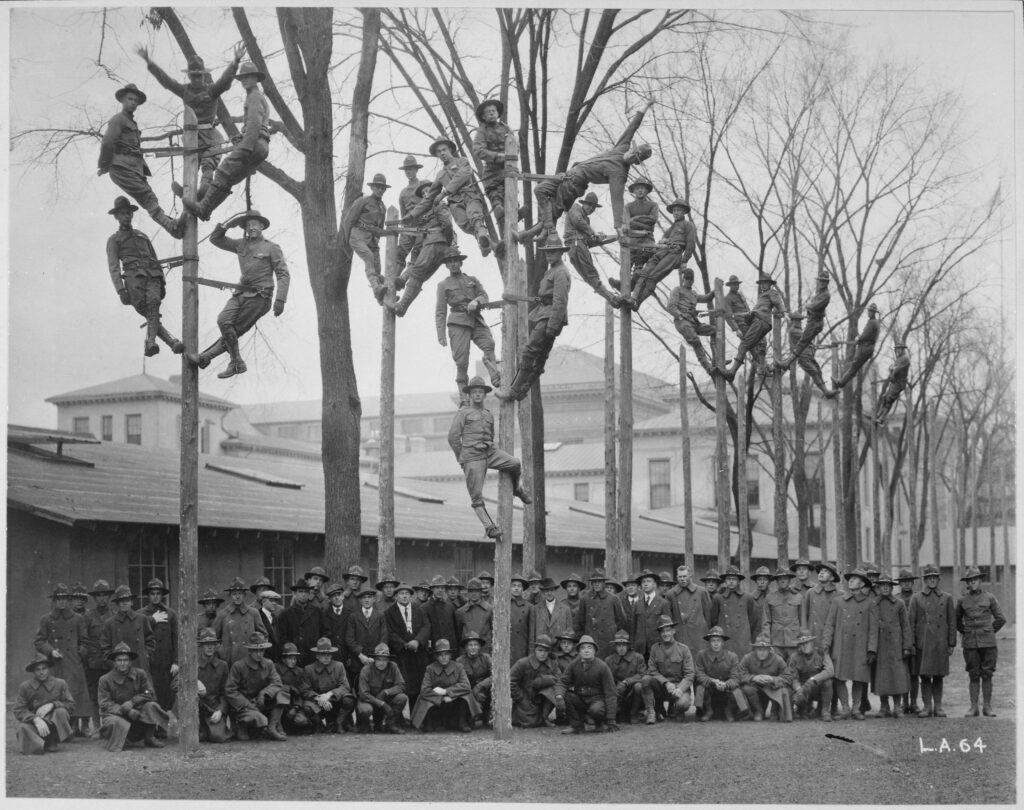The Wires Are So Still and High
By Annette Wynne
Annotations by Rene Marzuk

The wires are so still and high We never hear the words go by, Yet messages fly far and near– I wonder if the birds can hear. And when they perch on wires and sing, I wonder are they listening, And telling out to earth and sky A lovely word is going by![1]
Wynne, AnNette. “The Wires Are So Still and High,” in for Days and Days: A Year-Round Treasury of Child Verse, 14. New York: Frederick A. Stokes Company, 1919.
[1] Both telegraphs and telephones use electricity to transmit their signal through wires. Although Wynne’s image is very suggestive, sound is actually encoded—or translated—into electrical signals as it travels to its destination.
Contexts
Annette Wynne was an American poet who mainly wrote for children. In addition to For Days and Days: A Year Round of Treasury of Child Verse (1919), she also published Treasure Things (1922).
Resources for Further Study
- This timeline gathers key moments from the development of telephone technology and infrastructure in the United States. Interestingly, many of the popular concerns and anxieties associated with the telephone in its early adoption stage are similar to those later inspired by internet.
- A teacher’s guide from the Library of Congress on the Industrial Revolution in the United States helps contextualize the development of communication technologies beginning in the nineteenth century.
- An informative video from the Natural Museum of American History shows how telegraphs and telephones work.
- “A Natural History of the Wooden Utility Pole,” by the California Public Utilities Commission. The document begins with an excerpt from John Updike’s 1963 poem “Telephone Poles.”
Contemporary Connections
Caira Wynn Blackwell writes about “The Racist History of Telephone Poles.”